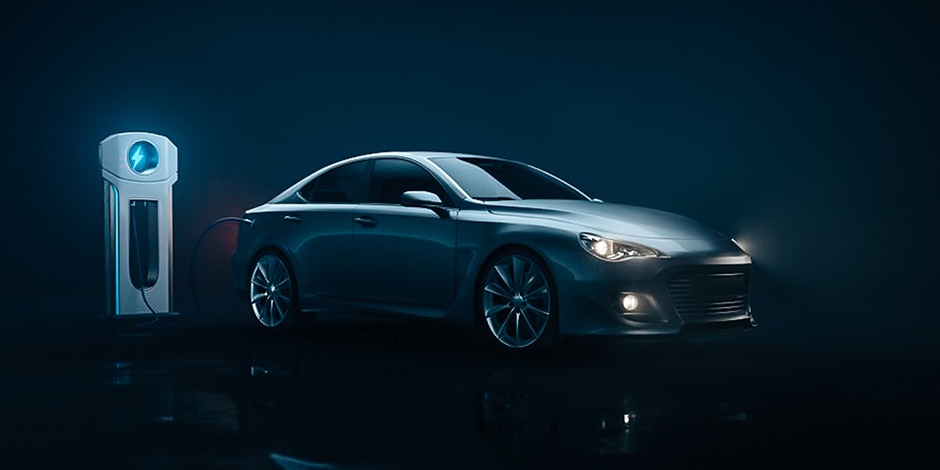Seems like just yesterday that the business headlines were full of optimistic forecasts about how the plug-in electric vehicle (EV) was on the verge of transforming the auto industry. Global EV sales surged from 3 million in 2021 to 14 million last year. Analysts at S&P Global Mobility had projected the trend to continue, forecasting that by 2030 EVs could reach 40% of all U.S. car sales.
Today, the headlines tell a more sobering and reality-based story. Fully electric passenger car demand is softening, fast.
Unsold inventories have been clogging dealers’ lots. Manufacturers–from the biggest brands down to the smallest startups–are cutting back on production and investment plans. Apple recently scrapped a passenger car project after spending more than $10 billion trying to turn a car into another device.
Attending the Pittsburgh International Auto Show last month, it was clear that EVs are becoming a hard sell: a large swath of what is usually exhibitor space had been converted to a small EV test drive course. The electric car buzz of previous years was notably absent.
The situation is worse in China. As its economy cools off, EV demand is softening and a price war has broken out. Manufacturers continue to produce at a record pace, with the potential export of over-supply a threat to an already saturated global market.
What’s changed?
Not so much, as it turns out. Numerous surveys over the past couple of years reported somewhere between 30% and 40% of consumers claiming they were seriously considering an EV. But where the rubber meets the road, drivers have been ambivalent or skeptical all along.
A survey by First Insight in 2022, just as gas prices were peaking and EV sales were soaring, found that just 14% of Americans said they would consider buying an EV.
Today that number might be smaller. Fully electric vehicles make up less than 8% of all U.S. car sales.
Wall Street placed a hefty bet on the EV industry as if it was a tech company–software on wheels–without knowing much about car customers.
As a recent report in The Wall Street Journal put it, the EV hype and investment of the past several years, “overlooked an important constituency: the consumer.”
The single biggest obstacle to EV adoption continues to be range anxiety, whether real or imagined. Drivers don’t like to have to plan their itinerary around charging opportunities. Although surveys suggest EV owners actually use less than 20% of their battery power a day, people are driving more than they were a year or two ago, and gasoline is cheaper than it was in 2022.
Skeptics of EVs found a perfect I-told-you-so example this past winter when drivers in the Upper Midwest, during a very cold spell, became stranded at charging stations that were sluggish or dysfunctional.
Consumer Reports in its most recent annual auto reliability report, gave EVs low marks for reliability, especially pickup trucks. The survey found that new plug-in EVs have 79% more problems than conventional gasoline-powered vehicles. Plug-in hybrids were even worse, with 146% more problems.
The one standout category was hybrids–gasoline powered engines that are battery-assisted. The cars recharge themselves as they are driven. The survey found that these standard hybrids had 26 percent fewer problems than conventional cars.
And the one standout hybrid automaker is Toyota, which began producing its ubiquitous Prius in 2000 and now has a quarter century of tweaking and fine-tuning and getting to know their customers. When it was first introduced, Toyota (correctly) predicted the Prius would be a way to bridge the gap between gasoline and electric power systems–range anxiety.
Today, the majority of Toyota’s car sales are hybrids and the Prius was recently named the “greenest” car in the U.S. by the American Council for an Energy Efficient Economy.
Seems Toyota must be doing something different than their competition…Listening to the consumer.
Subscription Required














